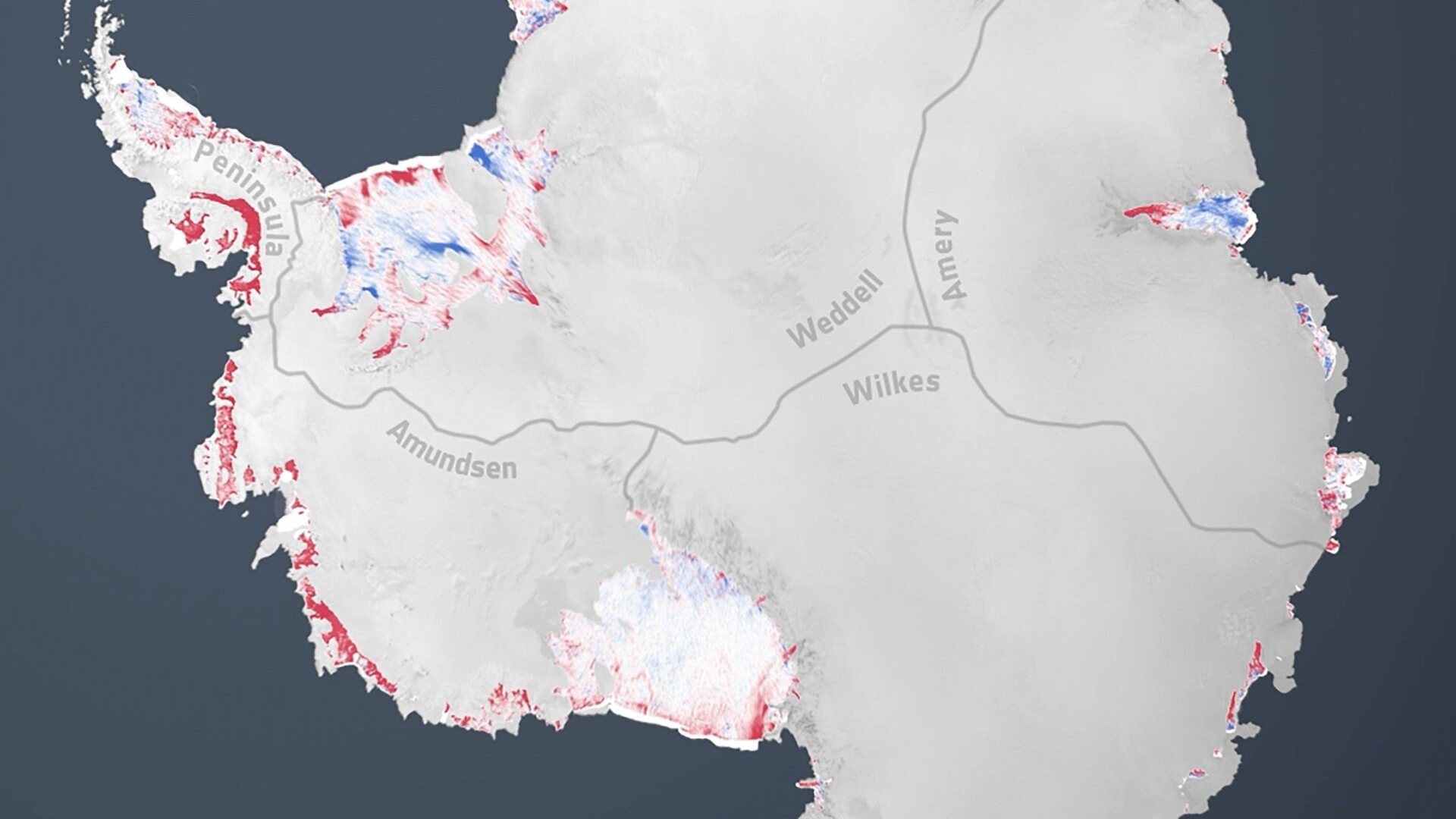This story was originally published by The Guardian and is reproduced here as part of the Climate Desk collaboration.
Rising global temperatures have shifted at least twice the amount of freshwater from warm regions towards the Earth’s poles than previously thought as the water cycle intensifies, according to new analysis.
Climate change has intensified the global water cycle by up to 7.4 percent — compared with previous modeling estimates of 2 percent to 4 percent, research published in the journal Nature suggests.
The water cycle describes the movement of water on Earth — it evaporates, rises into the atmosphere, cools, and condenses into rain or snow and falls again to the surface.
“When we learn about the water cycle, traditionally we think of it as some unchanging process which is constantly filling and refilling our dams, our lakes, and our water sources,” the study’s lead author, Taimoor Sohail of the University of New South Wales, said.
But scientists have long known that rising global temperatures are intensifying the global water cycle, with dry subtropical regions likely to get drier as freshwater moves towards wet regions.
Sohail said the volume of extra freshwater that had already been pushed to the poles as a result of an intensifying water cycle was far greater than previous climate models suggest.
“Those dire predictions that were laid out in the IPCC will potentially be even more intense,” he said.
The scientists estimate the volume of extra freshwater that shifted from warmer regions between 1970 and 2014 is between 46,000 and 77,000 cubic kilometers.
“We’re seeing higher water cycle intensification than we were expecting, and that means we need to move even more quickly towards a path of net zero emissions.”
The team used ocean salinity as a proxy for rainfall in their research.
“The ocean is actually more salty in some places and less salty in other places,” Sohail said. “Where rain falls on the ocean, it tends to dilute the water so it becomes less saline… Where there is net evaporation, you end up getting salt left behind.”
The researchers had to account for the mixing of water due to ocean currents.
“We developed a new method that basically tracks… how the ocean is moving around with reference to this freshening or salinification,” Sohail said. “It’s kind of like a rain gauge that’s in constant motion.”
Richard Matear, a chief research scientist in the CSIRO Climate Science Center, who was not involved in the research, said the study suggested existing climate modeling has underestimated the potential impacts of climate change on the water cycle.
“There’s been a dramatic uplift in our ability to monitor the ocean,” he said.
“Observational datasets [like those used in the study] are really ripe for revisiting how global warming is changing the climate system, and the implications it might have on important things like the hydrological cycle.”
Note: This article have been indexed to our site. We do not claim legitimacy, ownership or copyright of any of the content above. To see the article at original source Click Here













